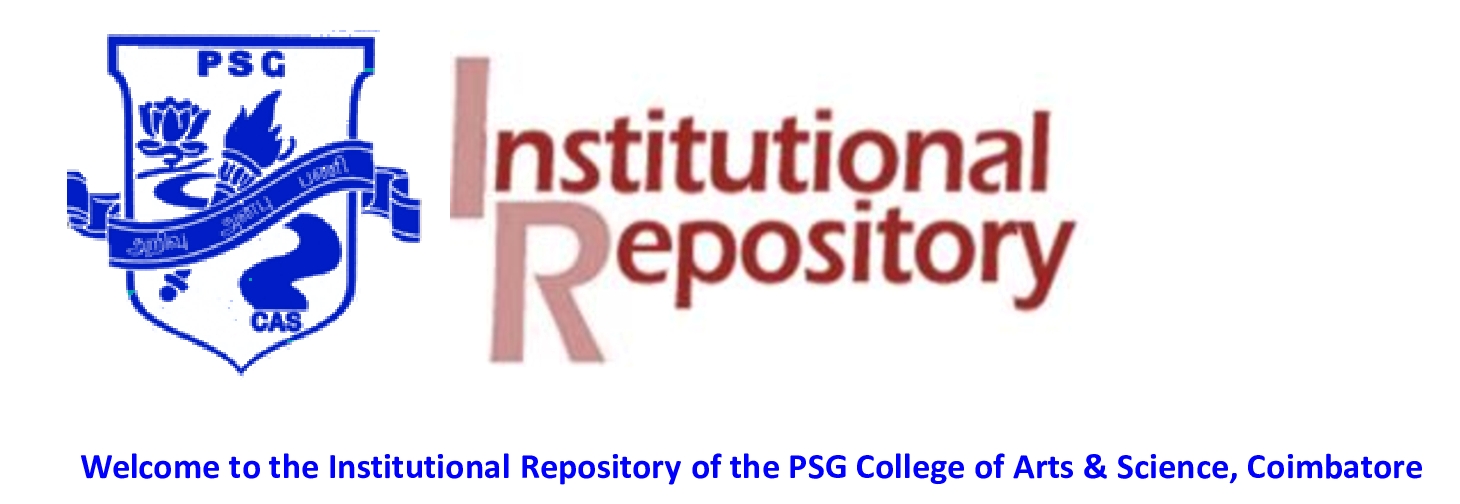Janani, Balakarthikeyan and Priya, Kannappan (2022) A network-based pharmacological investigation to identify the mechanistic regulatory pathway of andrographolide against colorectal cancer. Frontiers in Pharmacology. pp. 1-15.
72.pdf - Published Version
Download (4MB)
Abstract
Traditional cancer treatments have posed numerous obstacles, including
toxicity, multiple drug resistance, and financial cost. On the contrary,
bioactive phytochemicals used in complementary alternative medicine have
recently increased attention due to their potential to modulate a wide range of
molecular mechanisms with a less toxic effect. Therefore, we investigated the analysis using the Kyoto Encyclopedia and Genome Database (KEGG). Survival
and molecular docking analysis for the hub genes revealed three genes
(PDGFRA, PTGS2, and MMP9) were involved in the overall survival of CRC
patients, and the top three genes with the lowest binding energy include
PDGFRA, MET, and MAPK1. MET gene upregulation and PDGFRA and
PTGS2 gene downregulation are associated with the survival of CRC
patients, as revealed by box plots and correlation analysis. In conclusion, this
study has provided the first scientific evidence to support the use of
andrographolide to inhibit cellular proliferation, migration, and growth, and
induce apoptosis by targeting the hub genes (PDGFRA, PTGS2, MMP9, MAPK1,
and MET) involved in CRC migration and invasion.
potential regulatory mechanisms of andrographolide to treat colorectal cancer
(CRC) using a network pharmacology approach. Target genes of
andrographolide were retrieved from public databases (PharmMapper, Swiss
target prediction, Targetnet, STITCH, and SuperPred), while targets related to
CRC were retrieved from disease databases (Genecards and DisGeNet) and
expression datasets (GSE32323 and GSE8671) were retrieved from gene
expression omnibus (GEO). Protein-protein interaction networks (PPI) were
generated using STRING and Cytoscape, and hub genes were identified by
topology analysis and MCODE. Annotation of target proteins was performed
using Gene Ontology (GO) database DAVID and signaling pathway enrichment
| Item Type: | Article |
|---|---|
| Depositing User: | Dr. B Sivakumar |
| Date Deposited: | 29 Oct 2022 04:35 |
| Last Modified: | 29 Oct 2022 04:35 |
| URI: | https://ir.psgcas.ac.in/id/eprint/1622 |


 Altmetric
Altmetric Altmetric
Altmetric